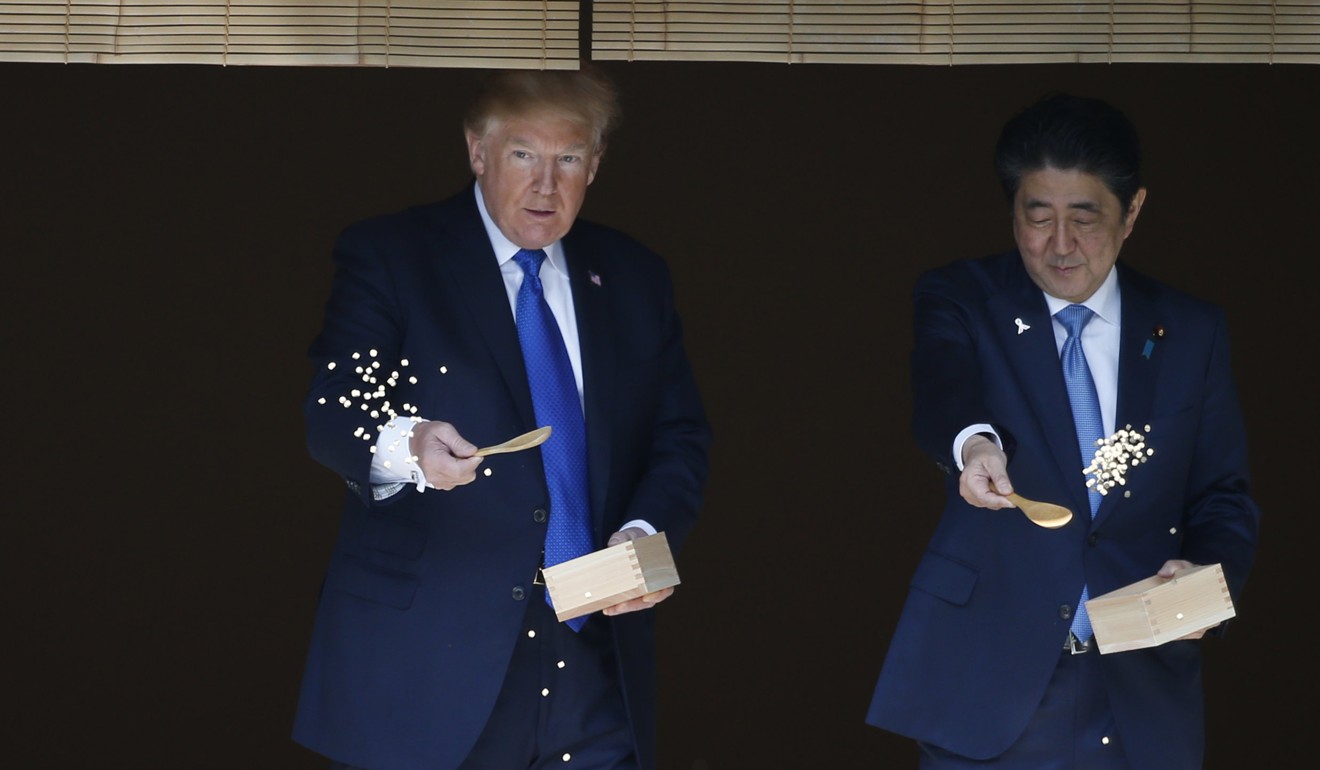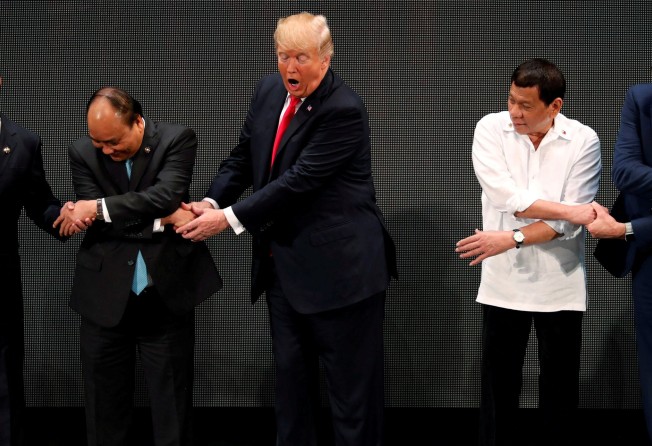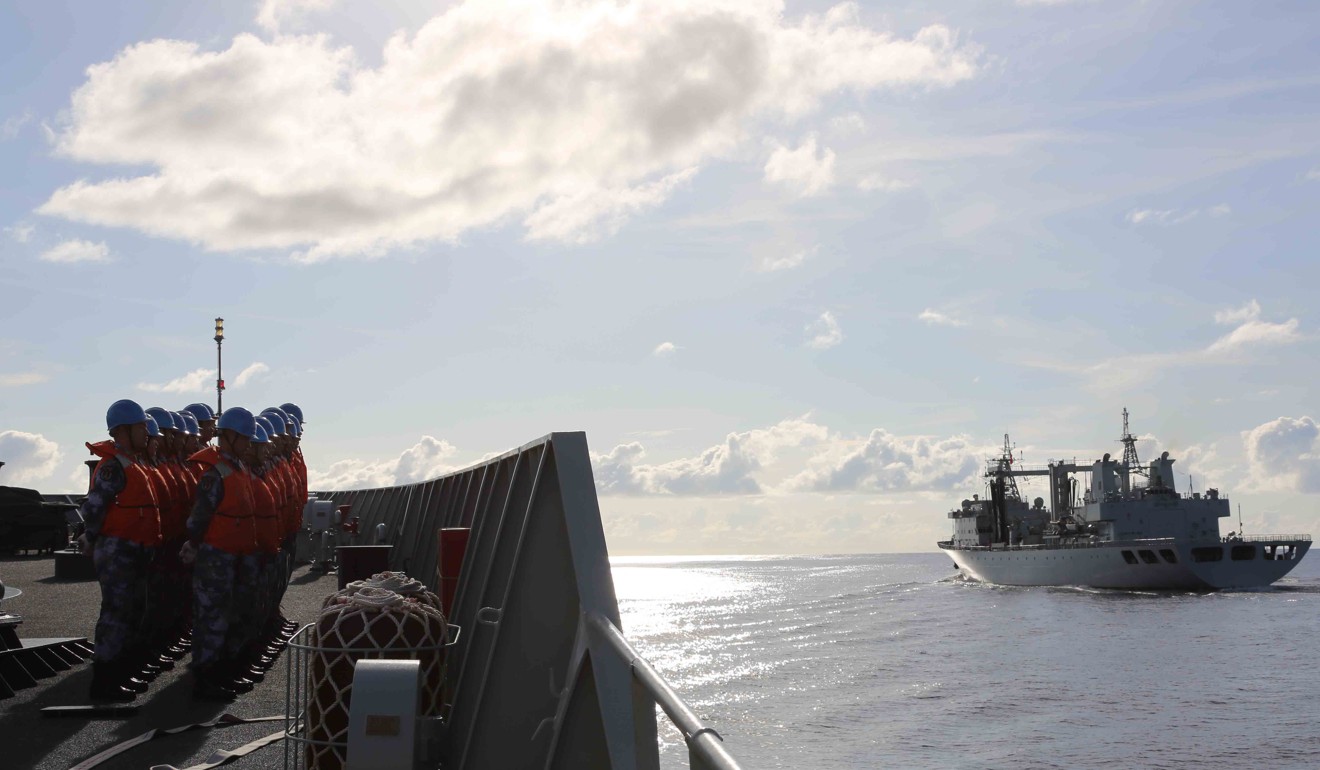
Trump’s Asia tour reinforced America’s declining influence, but China still has reason to worry
Philip Bowring says Donald Trump’s chequered trip may well have epitomised his disastrous presidency in terms of US influence in East Asia, amid China’s rising might, but it is still too soon to decisively call the two powers’ battle for regional supremacy

China has good reason to gloat over the decline of American influence and prestige in East Asia since the election of Donald Trump. But gloating can be dangerous, as the US itself has found since the collapse of the Soviet Union impelled it to global overreach.
Firstly though, non-Americans stand open-mouthed at contradictions of Trump’s Asian tour and the US role at the Apec and Asean summits, and related meetings in Da Nang and Manila.
At times, Trump appeared far more interested in following events back in Washington than US strategic issues. Many were also amazed at the silence of US business groups, as represented by the likes of the American Chamber of Commerce, over his assaults on the open-market policies and multilateral trade deals which they have been urging on Asian governments for decades.
The series of meetings included an informal ministerial one in Manila of the so-called Quad – the four nations most concerned to form a security bulwark against Chinese expansionism – Japan, Australia, India and the US. This represents the revival of the notion of the Indo-Pacific rather than Asia-Pacific as a strategic pivot. However, the Quad makes no strategic sense if the lesser countries occupying the land and sea space between the two oceans are left feeling alienated or ignored by Trump – which they collectively were.
In Japan, Prime Minister Shinzo Abe tried hard to flatter but commentary tended to focus on Trump’s preference for hamburgers with US beef and cheese over national food. South Korea was alienated before he arrived, both by his violent and crude remarks about the North and threats to US-Korea trade. No wonder that China smartly moved in to end its own trade war against Seoul, in return for a cap on the THAAD anti-missile system deployment. China is also now providing a show of pressure on the North by sending Song Tao, the Communist Party’s international relations head, to lecture his Pyongyang counterparts on comradely behaviour.

In China, Trump succeeded in blaming an open world trading system rather than China itself for the trade gap. This was immediately seen by US allies as an attack on the system itself rather than focusing on issues where the US might have legitimate grounds for specific complaints.
At Apec in Da Nang, he was in a minority of one in the 21-member bloc that at least in theory wants to extend freer trade and investment within this transpacific grouping. Meanwhile, Japan was successfully leading an effort to relaunch the Trans-Pacific Partnership (TPP), which the US initiated but Trump abandoned.
Trump largely ignored Asean’s 50th anniversary summit in Manila, despite the fact that the US had played a key role in bring the group together as an anti-Communist alliance in 1967.
Trump’s main achievement in Manila was to be pals with Philippine President Rodrigo Duterte, the region’s most violence-inclined ruler, responsible for launching mass killings of alleged drug users.
Trump got nothing in return, as Duterte continues his policy of trading land and sea for Chinese money, and pretending to believe that a meaningful code of conduct is possible while China pursues its claims.
Trump’s offer to mediate on South China Sea fails to impress Duterte
This brings us back to the Indo-Pacific as opposed to Asia-Pacific. The latter is about North America’s relationship with the Asian countries bordering the Pacific and the South China Sea. This is the sea which joins the Indian to the Pacific ocean and has been known by a variety of names – South Sea, East Sea, Indian Seas, China Sea, Luzon sea, Clove Sea. Members of Asean have Indian Ocean coastlines – Indonesia (meaning Indian islands), Thailand and Myanmar. Historically, vastly more trade has passed westward into/from the Indian Ocean than across the Pacific. The same is true even today, despite the huge trade between northeast Asia and North America. At different times in the past, the lead players were Malays, Javanese, Arabs, Indians, Europeans. But no one had a monopoly.
Australia has always been conscious of the size of its Indian Ocean coastline – and the sparse populations along its shores. For Indonesia and indeed most of Southeast Asia, most external influences have always come by sea from the west – Hindus and Buddhists from India, Muslims from Arabia, Persia and India, Western powers in the past four centuries. Hong Kong’s early trade was dominated by links westward and the arrival of diverse international traders, Parsees from Mumbai, Armenians from Persia, Jews from Baghdad, Bengalis from Calcutta, and so on.

Meanwhile, it is nonsense for China to claim that the US and now India have no business in the South China Sea, when its warships are ever more present in the Indian Ocean. As for the “Belt and Road Initiative”, this sounds more like an expensive investment in prestige than sound policy and may eventually go the way of the Zheng He voyages, abandoned as costly grandstanding which did not address the strategic issues that China faced in the north and west. Disastrous though the Trump presidency has been for US influence in East Asia, a few months do not make an era.
Philip Bowring is a Hong Kong-based journalist and commentator